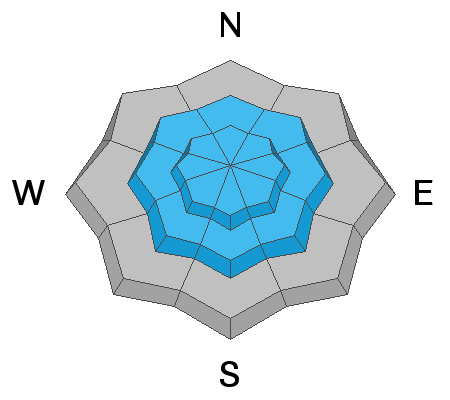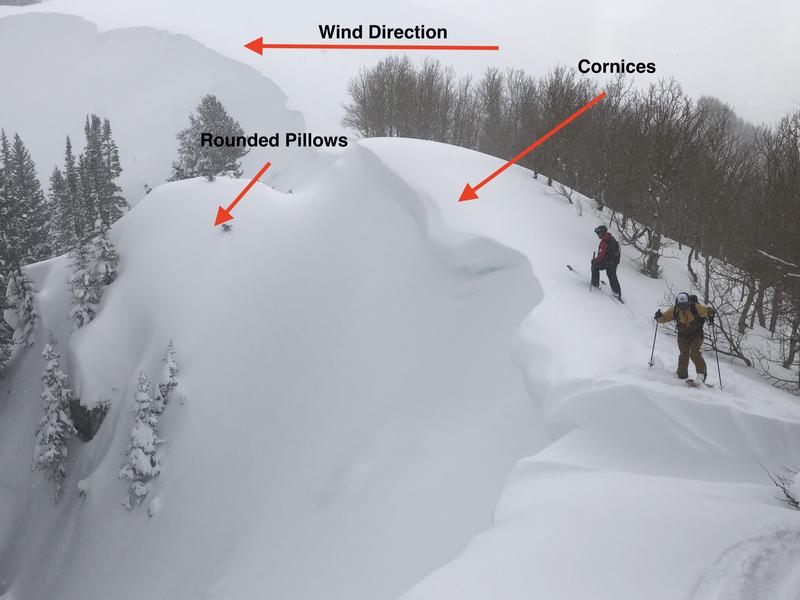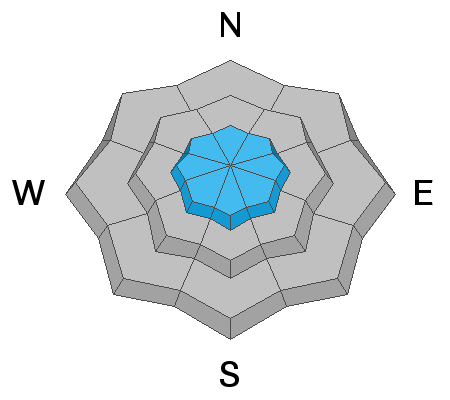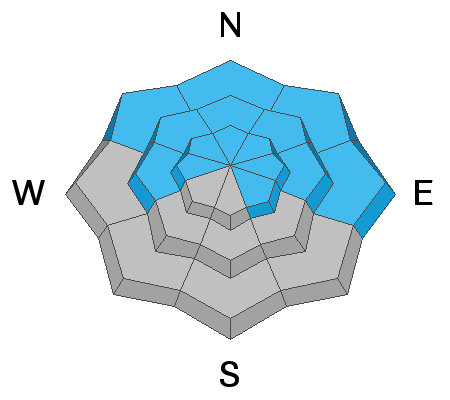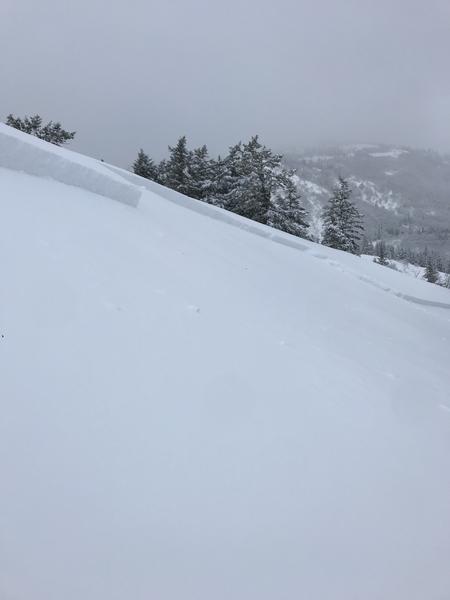Forecast for the Ogden Area Mountains

Issued by Greg Gagne on
Tuesday morning, January 22, 2019
Tuesday morning, January 22, 2019
The avalanche hazard is CONSIDERABLE at the upper elevations, as well as mid and lower elevations facing northwest through east. Low and mid elevations facing west through southeast have a MODERATE hazard. The primary avalanche hazard for today is fresh wind drifts, especially along upper elevation ridgelines. At low and mid elevations there remains the isolated possibility of triggering an avalanche on a buried layer of weaker snow, especially on steep, shady aspects.
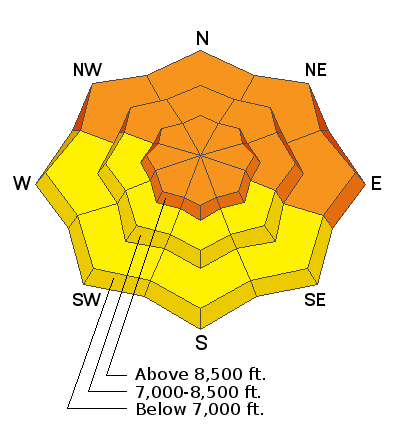
Low
Moderate
Considerable
High
Extreme
Learn how to read the forecast here


